Patios, decks, and other outdoor areas are a natural magnet to us during warm seasons. There’s nothing more relaxing than sitting on comfortable aluminum patio sets and feeling the nice breeze sweeping through you.
When properly used, patios add to your home’s living space, giving your family more space for fun and relaxation.
The best way to make your outdoor space homier? Adding aluminum sets.
But why should you consider buying them? This post features the top five reasons why homeowners love aluminum patio sets.
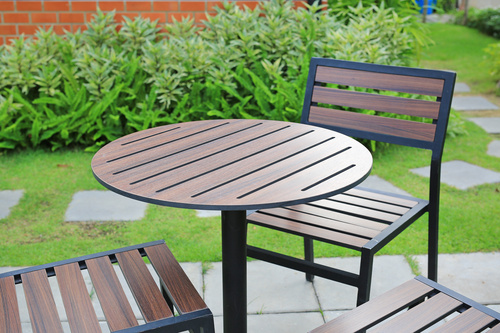
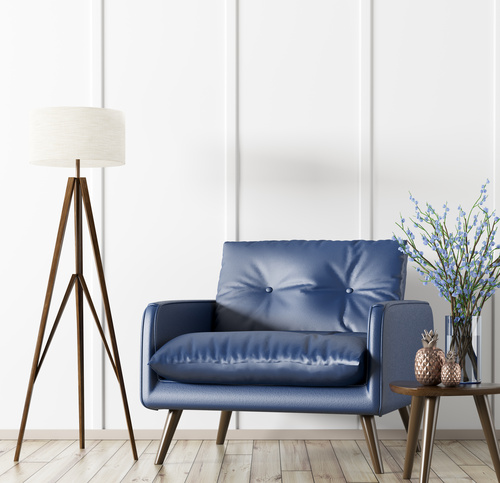
Thinking of updating your living room? Are you planning to create a home office? Whatever it might be, if you are looking to create the perfect finish for your interior, then finding the right furniture is essential.
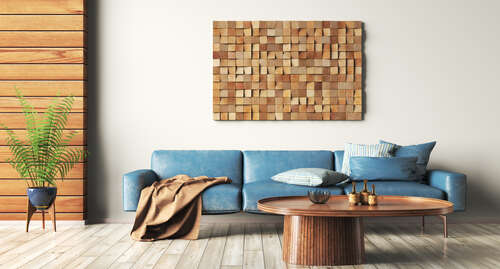
Are you looking to give your home a unique new look? When it comes to creating the perfect interior design, the right furniture is essential in creating those finishing touches and creating a beautiful centerpiece.
Here at Enhancing Your Habitat, we’re dedicated to helping you enhance the harmony of your rooms, and our range of blue leather furniture can help you transform any space in your home. Not sure where to begin? We’ve taken a closer look at some of our favorites.
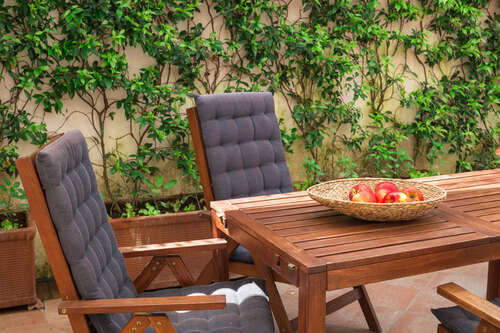
Teak wood is one of those rare décor materials that has stood the test of time. Never having officially boarded the ebbing and flowing rollercoaster of outdoor design trends, teak remained in its own league thanks to two core traits – functionality and style.
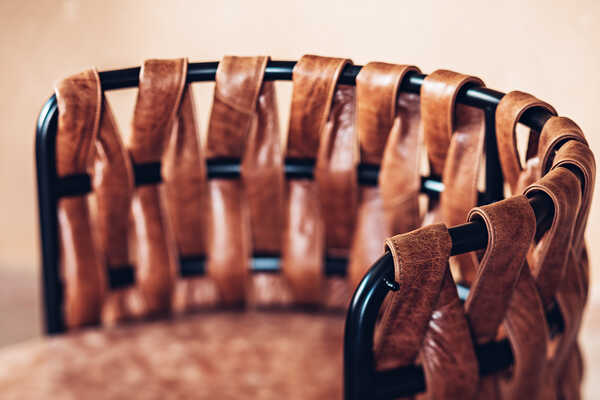
The year was 1956; colors, flowers, and fabric reigned supreme in the home. Contemporary chic was a distant notion, especially in the USA, where pastel color furniture was the height of interior design. That was, of course, until wood met leather.
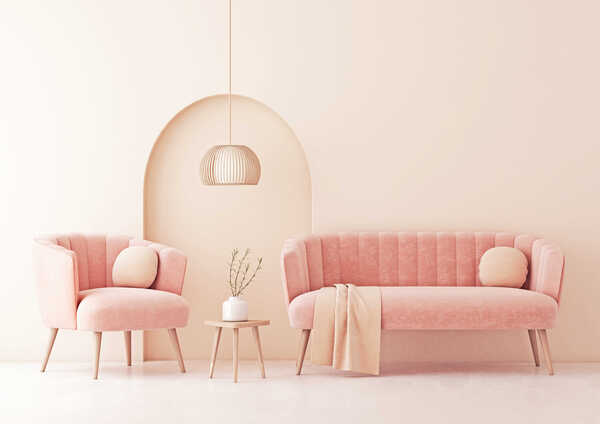
Not quite as vibrant as bubble gum pink, but not to be outdone by oyster, pink blush combines the best of both worlds for soft warmth that positively glows. Evoking depths of texture that pastels could never quite reach, pink blush gives an authentic feel that coaxes out the heart in any room. Its gold-like softness and rosy hues have, in the last year, become a mainstay in wedding planning, Instagram-ready photo shoots, and fashion lines.

